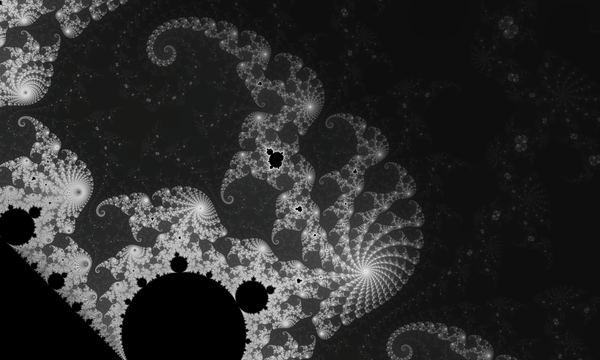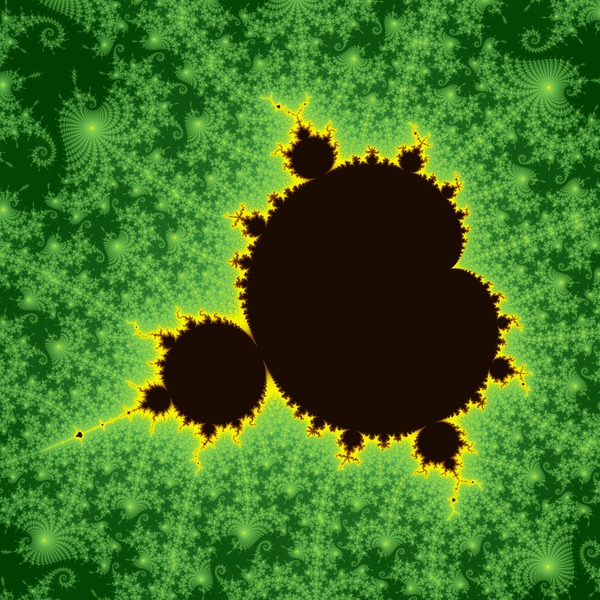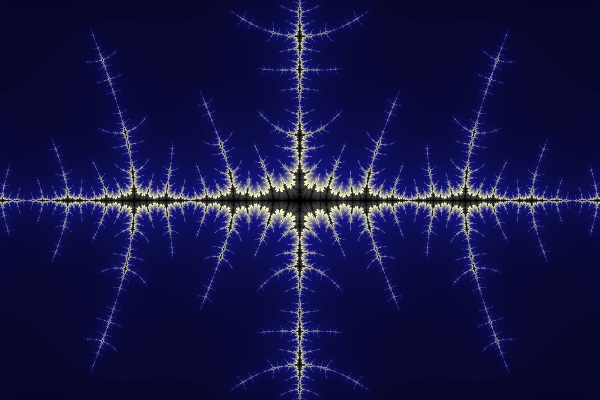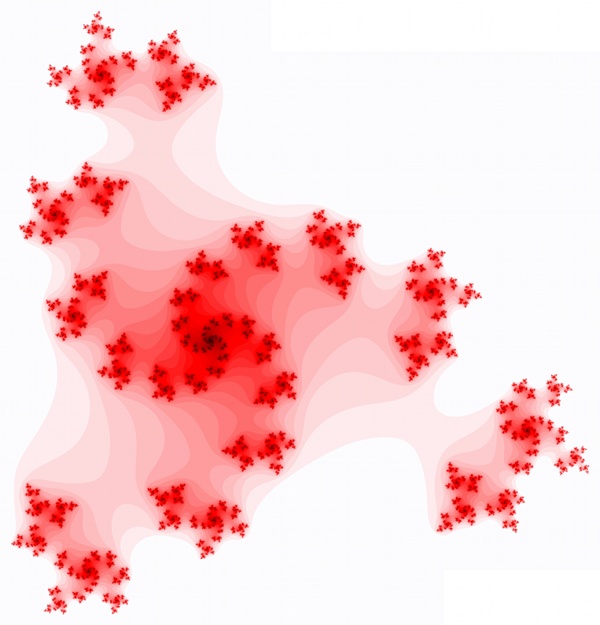-
Recent Posts
Archives
Categories
Meta
Math Worth Reading
The Budget
The state of Nevada is, like most of the nation, currently undergoing a budget crisis. Our newly elected leadership is planning on keeping the state in the black by cutting programs only—the new governor has vowed not to increase revenues in any way (i.e. he has pledged not to raise any taxes on anyone). In fact, he plans to allow several business taxes to sunset in the near term.
The inevitable result of this policy decision is that many state programs are being obliterated. Social programs are on the chopping block, as is funding for state infrastructure. However, the part of the current budget proposal that I find most offensive is the gutting of the state educational system, particularly the university system.
The most recent budget proposal called for nearly $60 million in cuts from my institution, the University of Nevada, Reno. After drastic increases in tuition and an across-the-board pay cut, the Board of Regents was asked to identify $38 million in cuts. Their proposal would reduce the budget for support services by $25 million, and cut academic programs by nearly $14 million.
The proposed budget plan eliminates several degree programs (including Philosophy and Nutrition), combines and significantly cuts several colleges (the College of Education is to be rolled into the College of Liberal Arts, and several other schools are to be combined into the College of Science; all of the affected programs are to be severely cut), and drastically cuts many other programs.
Of particular interest to me, the Board’s proposed budget reduces the Department of Mathematics and Statistics from 20 to 9 faculty positions, and completely eliminates the graduate program in mathematics. In essence, the department would be reduced from a productive research department to a service department, teaching only remedial courses and required courses for other majors.
While I disapprove of many of the cuts that have been proposed, I am flabbergasted by the idea that UNR—the state’s flagship institution—could even consider eliminating its research program in mathematics. Our political leadership has made it clear that they don’t value education, and our academic leadership has made it clear that mathematics is only required insofar as it serves the needs of other programs.
In an attempt to sway my representatives to reconsider, I will be sending the following letter to Richard Daly and Don Gustavson, who represent me in the State Assembly and State Senate (respectively):
Dear _____
I am writing to you as a voter in your District regarding the biennial budget. I am concerned that the Governor’s budget proposal will have a profound and lasting negative effect upon UNR and the overall quality of education in this great state. Several important programs such as Mathematics and Education will be crippled, while other programs will be entirely eliminated. Hundreds of university employees have already been fired, and there are more on the chopping block.
I know that the idea of raising taxes is unpalatable at this time, but if additional sources of revenue cannot be found, the damage to our educational system will be severe and difficult, if not impossible, to repair. I urge you to consider any or all of the revenue-generating proposals now circulating in the Legislature. In particular, the existing tax structure, which is set to expire, could be extended without creating any new taxes.
UNR is a vital institution. Please do what is necessary to ensure that it remains so into the future.
Sincerely
Alexander M. Henderson
An Area Paradox
A week ago, Brent at The Math Less Traveled introduced me to a problem that he called An Area Paradox.
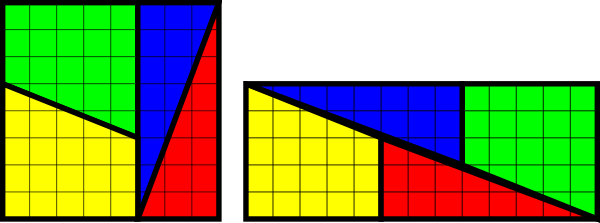
Examine the two figures above. They are composed of exactly the same set of shapes (a red and blue triangle, and a green and yellow trapezoid). However, the figure on the right is a square measuring 8×8=64 square units, while the figure on the left is a rectangle measuring 5×13=65 square units. How is this possible?
Simulation
In January, I enrolled in a master’s program in mathematics at a moderately sized state school. Because the mathematics department here is pretty small (maybe 20 tenure track professors, and another 10 or 15 other faculty), and because a lot of departmental resources go into the “service classes,” the offerings for graduate students can sometimes be a little sparse. Because of this, I ended up signing up for a course in stochastic processes.1“Stochastic” is the fancy mathematics term that basically means “random.” A stochastic process is a process that unfolds through time in a way that is random. When studying stochastic processes, the goal is generally to use what we know of probability and statistics to predict how the system will behave, to within certain probabilistic limits.
Going into it, I didn’t have high expectations. I didn’t know the professor from my time spent here as an undergraduate, and, while I have my bachelor’s degree in probability and statistics, I was rather hoping to move away from those topics into something a bit more abstract. I took the course because it was about the only thing offered that I could take in order to fill out my schedule.

